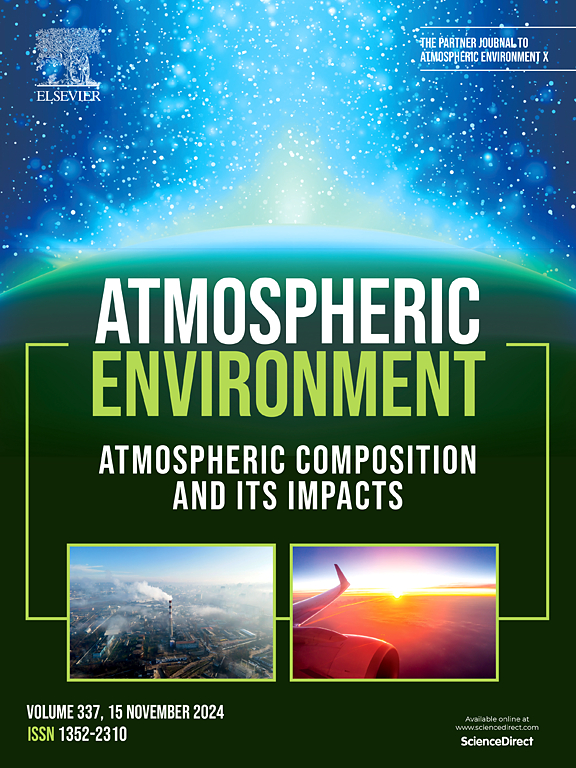East Asian dust storm in March 2021: Perspective views from ground observation, satellite measurement and numerical simulation
2025-06-01 null null 350(卷), null(期), (null页)
During March 13-18, 2021, East Asia experienced the strongest dust storm in the last decade. This windblown dust event caused large-scale dispersion of aerosol pollution, and attracted widespread attention due to its severe impacts on land-atmosphere-marine ecosystems. Here we investigated the dust sources, transport, and deposition of this dust storm and its effects on the Asia-Pacific region by using ground observations, satellite remote sensing products, and numerical simulation. The results showed that the potential aeolian dust source was mainly located in the Gobi Desert in southern Mongolia and central Inner Mongolia. This dust storm generated rapid increases in ambient particle concentrations over northern and eastern China, the Korean peninsula, and southwestern Japan. Air quality in 82% of the studied East Asian cities deteriorated noticeably as a result of mineral dust intensification. The ground-based Mie-scattering lidar detected the long-distance dispersion of dust aerosols in the 3-5 km high altitudes over Seoul, Osaka, Tokyo, and Niigata. Approximately 16.1 Tg of floating dust was deposited in the Northwest Pacific Ocean. The intensity of dust deposition in the East China Sea was almost twice that in the Yellow Sea and the Sea of Japan. Satellite data revealed that dust particles transported remotely from the East Asian desert were deposited in the North Pacific, resulting in an evident increase (55%-86%) in regional chlorophyll-a concentrations within a week after this dust storm event. Marine algal blooms developed quickly in response to the joint effects of atmospheric dry or wet deposition and surface-ocean currents. This study quantitatively assessed the potential influences of this strong East Asian dust storm on the atmospheric and marine environment, providing a multi-angle perspective for investigating the dynamic long-range transport of aerosols and its implications for global dust cycles.
相关推荐
- Windblown dust in the Tarim basin, Northwest China [2025-06-01]
- Spatiotemporal evolution of aeolian dust in China: An insight into the synoptic records of 1984-2020 and nationwide practices to combat desertification [2025-06-01]
- Assessing spatial-temporal evolution and key factors of urban livability in arid zone: The case study of the Loess Plateau, China [2025-06-01]
- Weakened dust activity over China and Mongolia from 2001 to 2020 associated with climate change and land-use management [2025-06-01]



